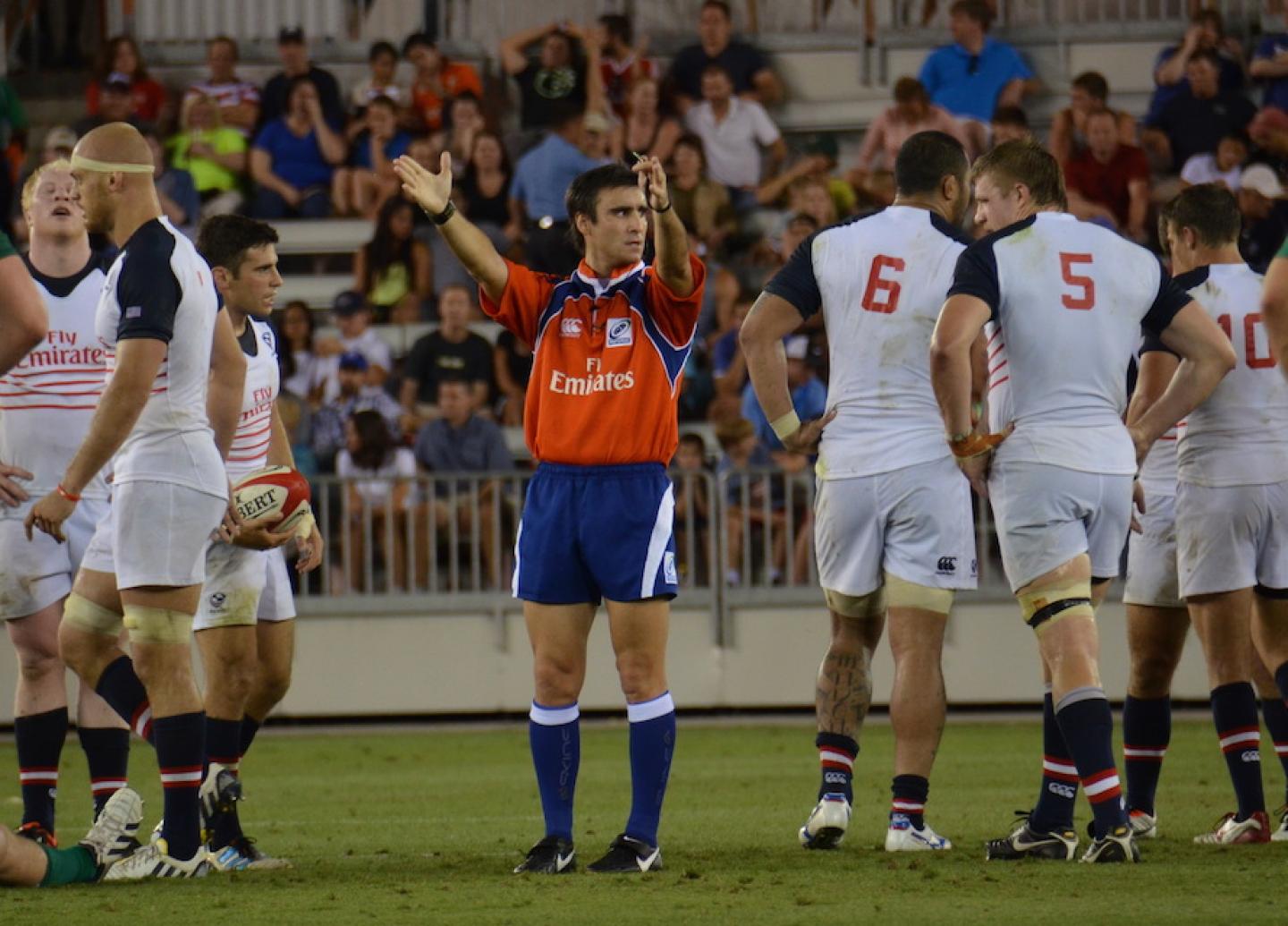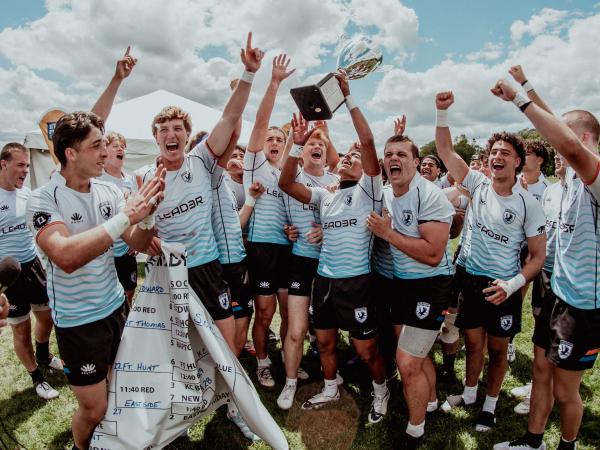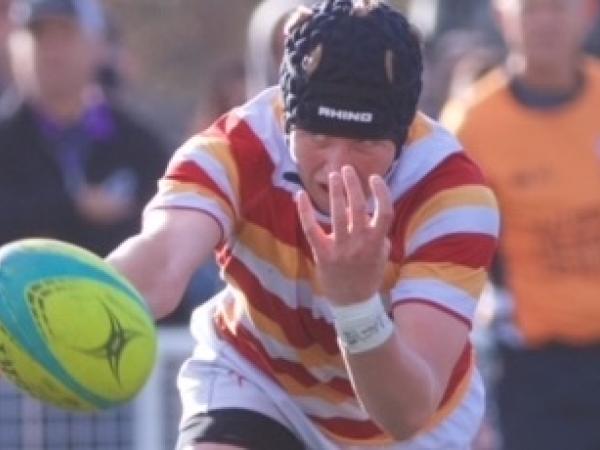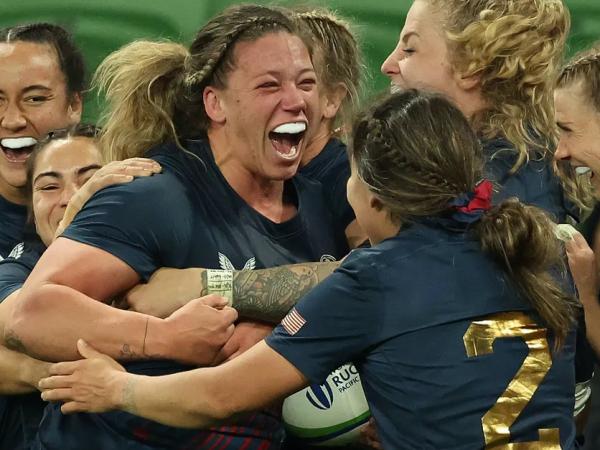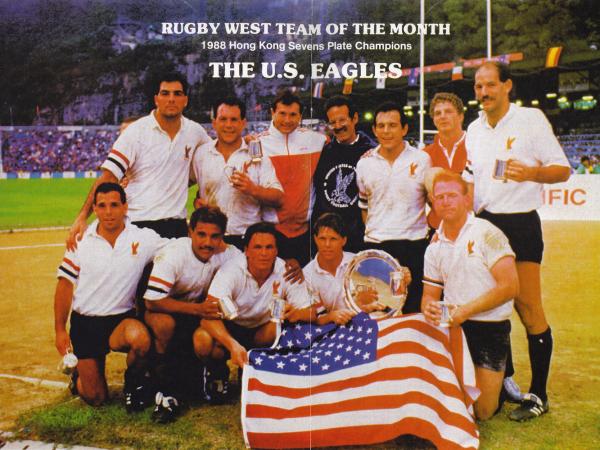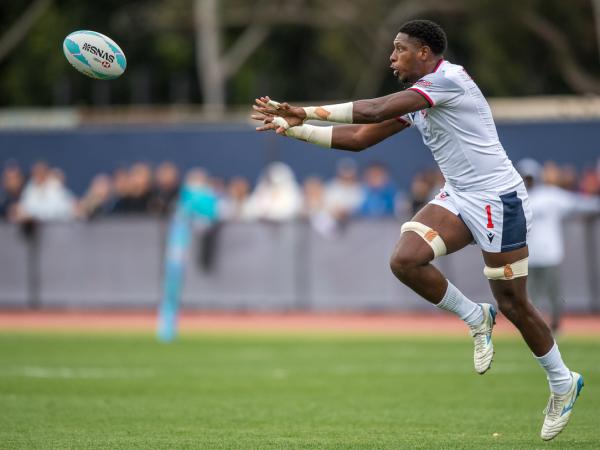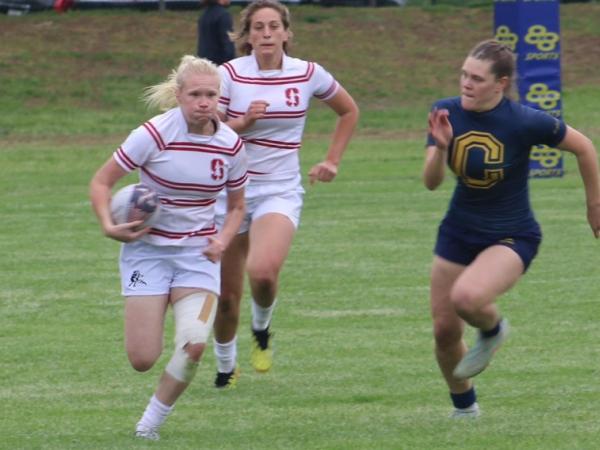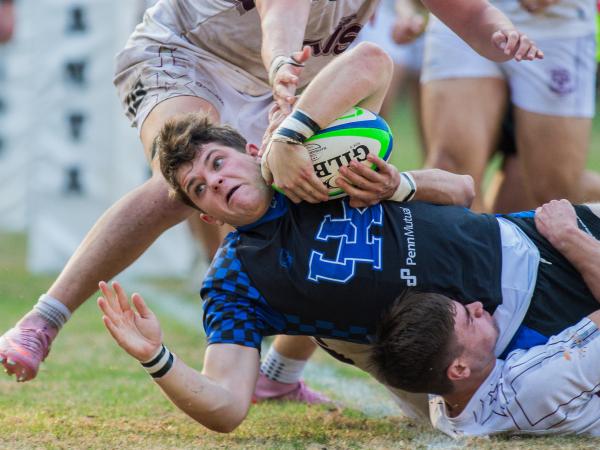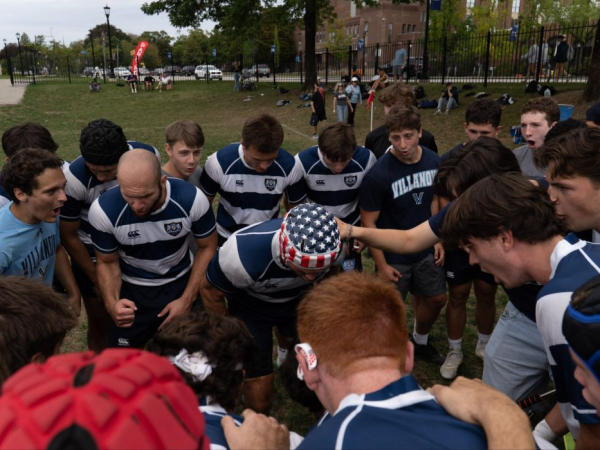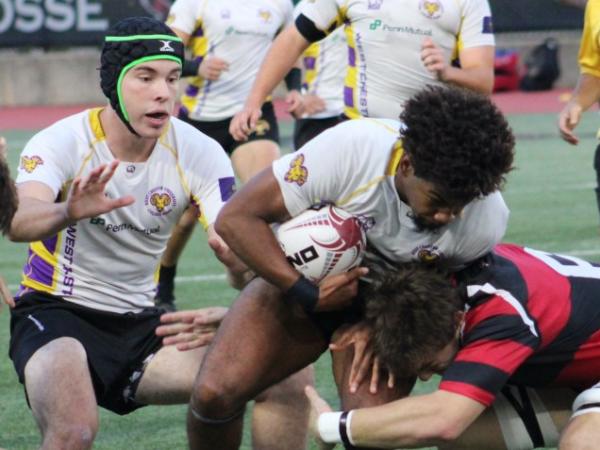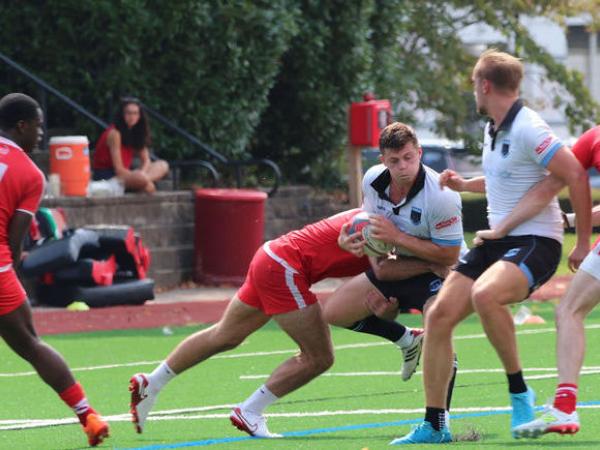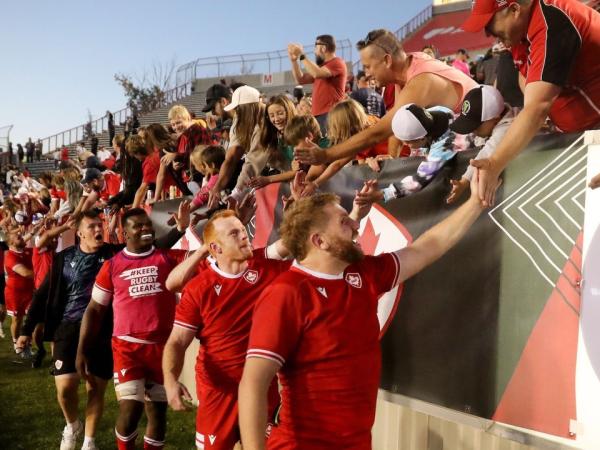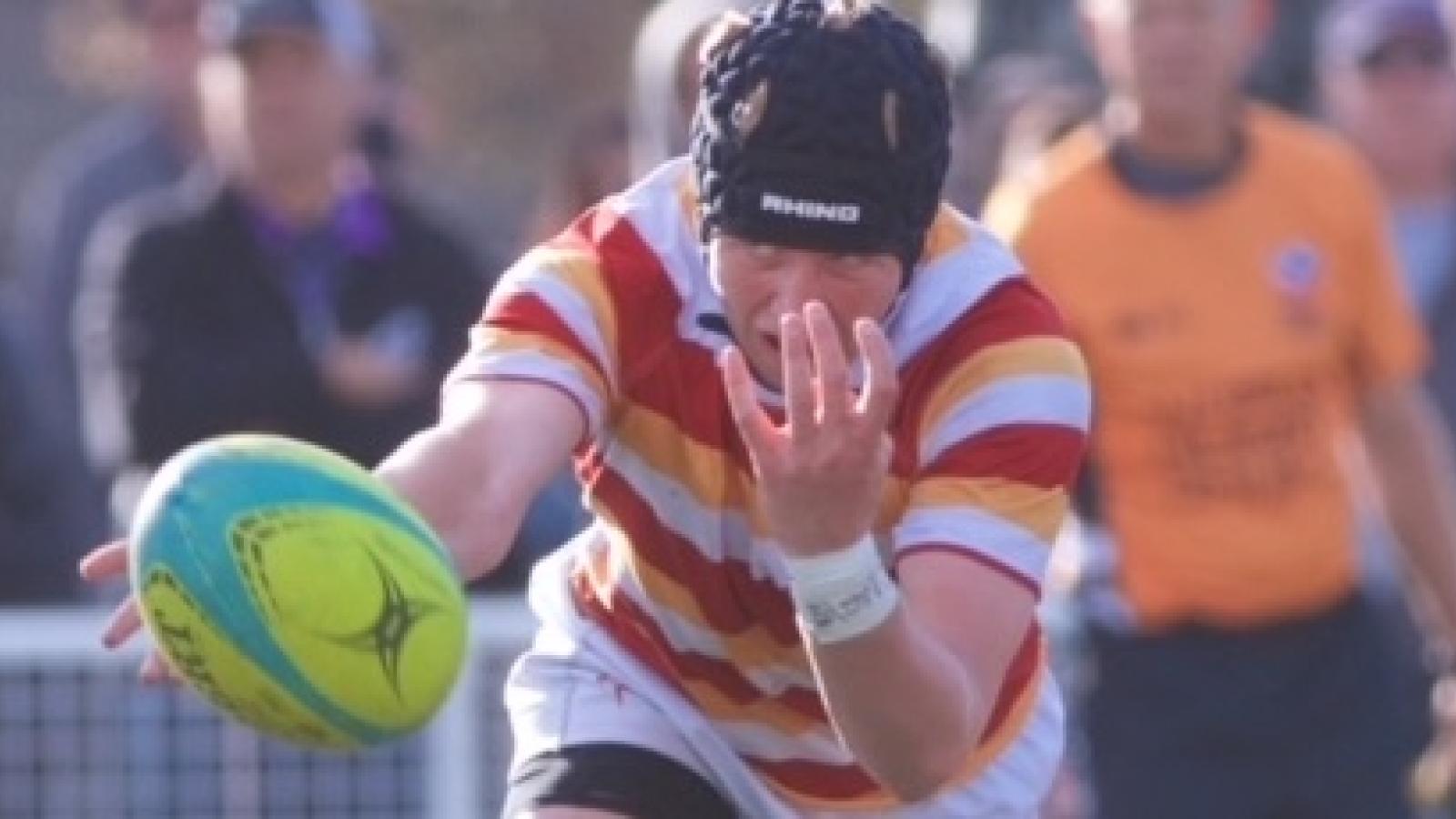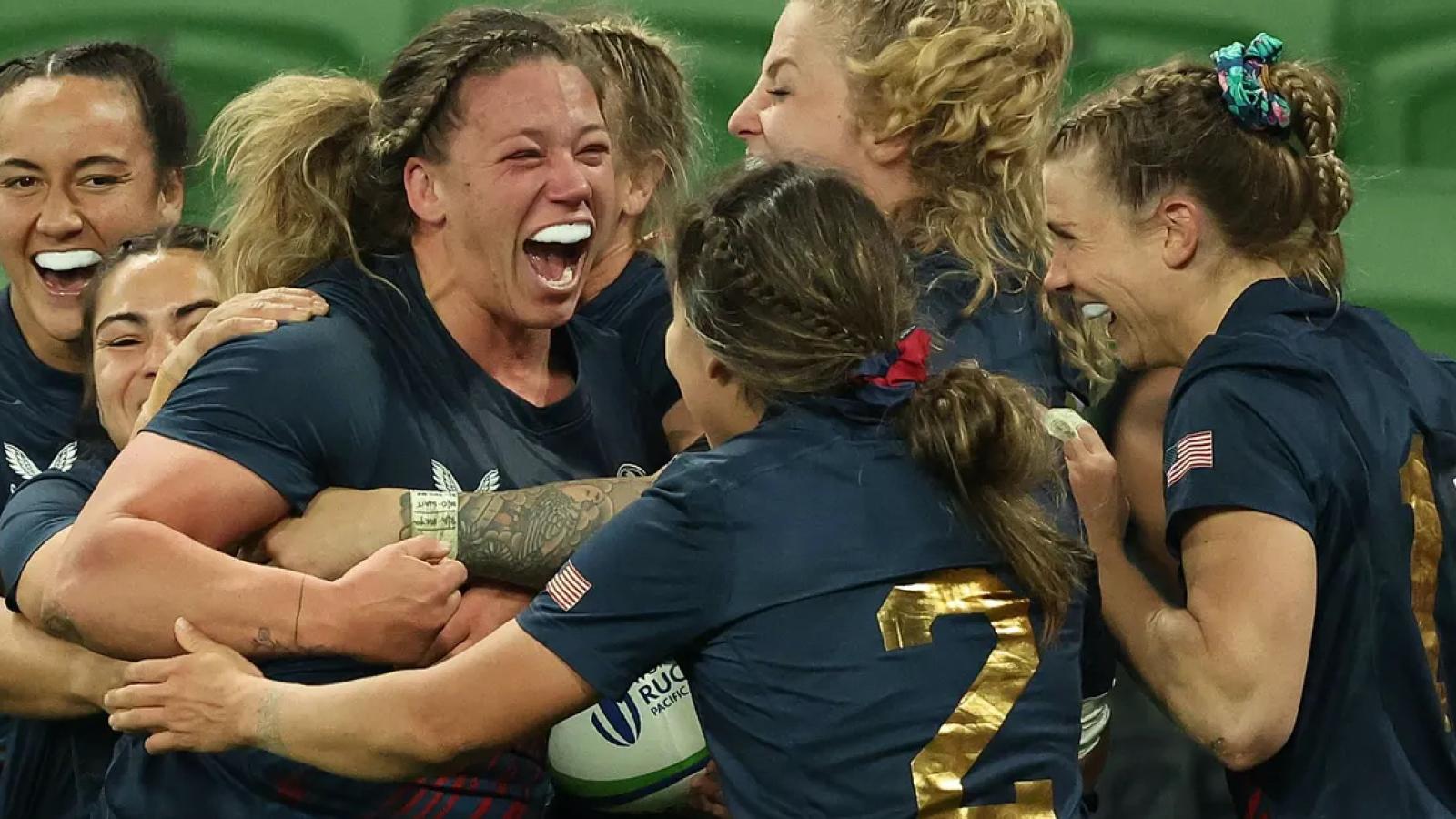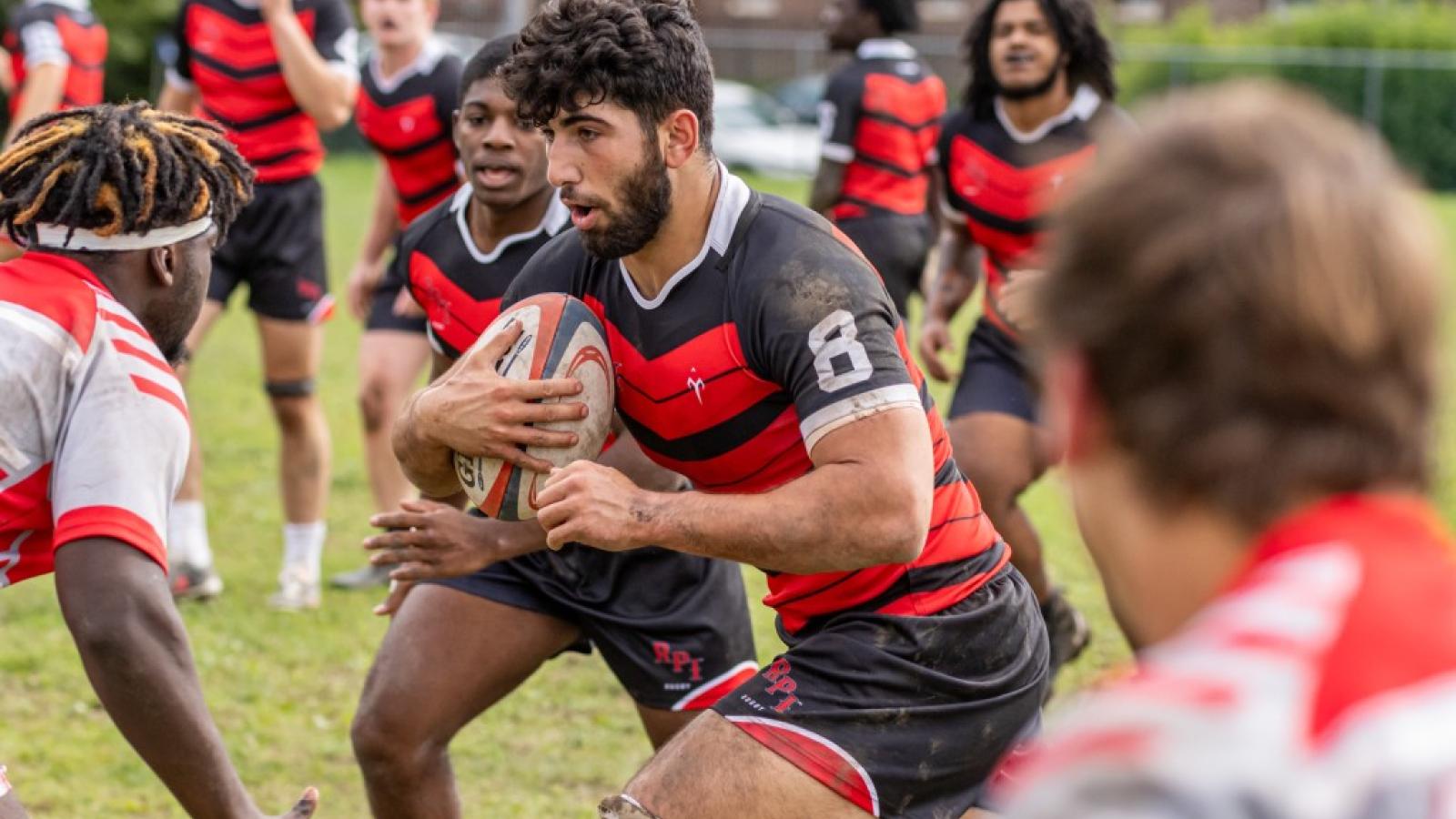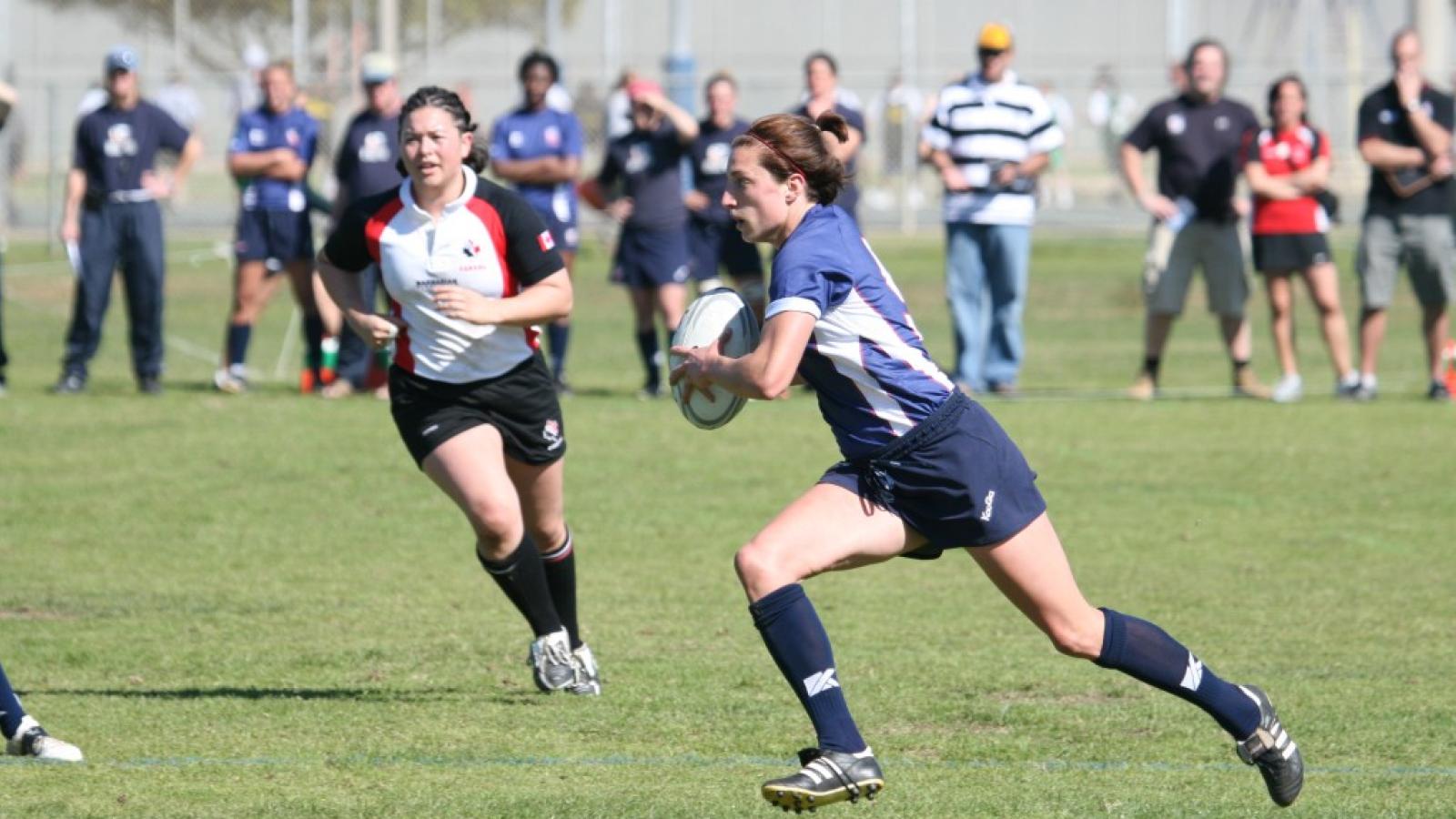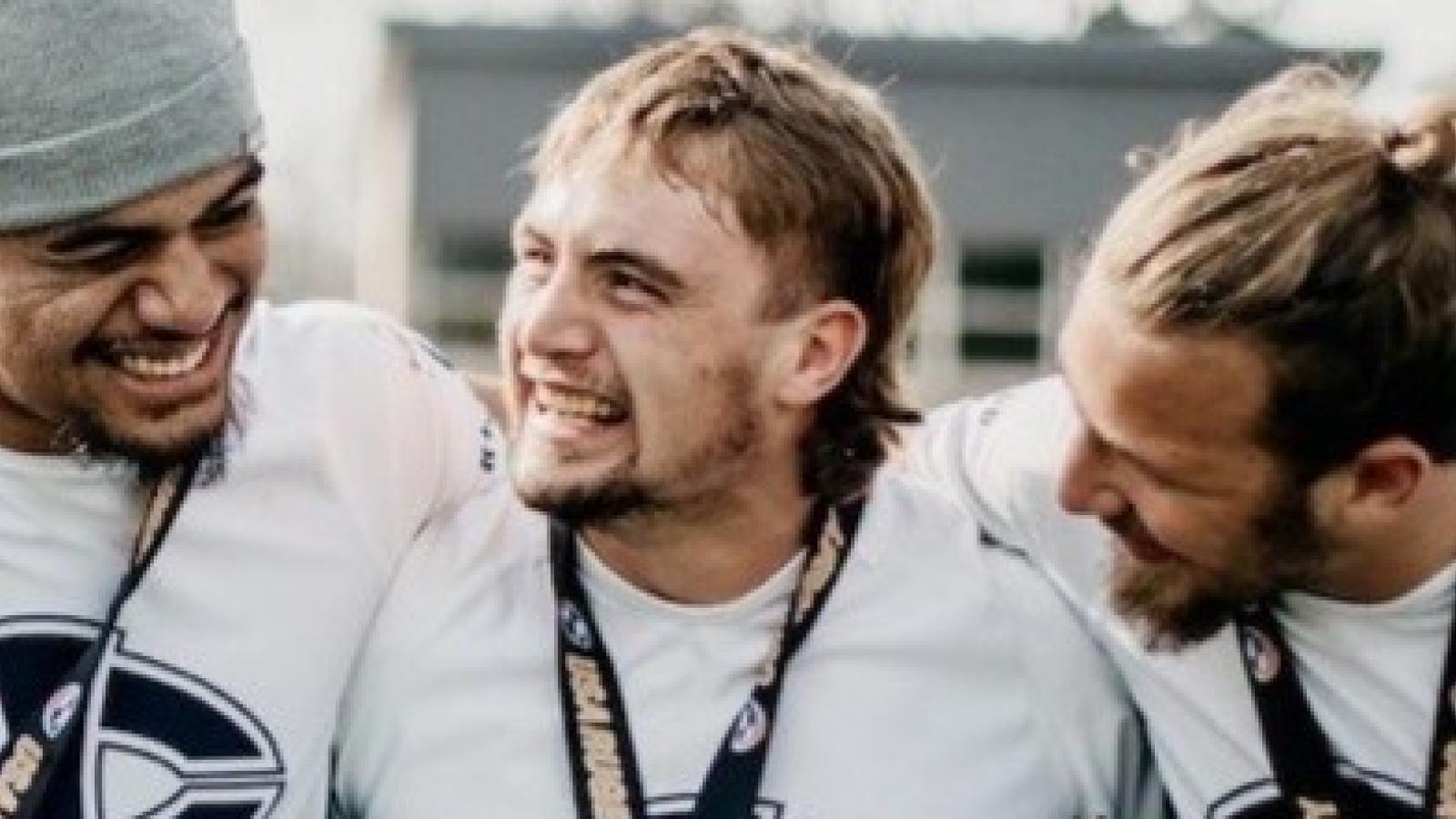The announcement of global rugby law trials is always an exciting time of the year, when we get to look at and discuss and tinker with how the game is played.
No sport seems to spend as much time thinking about and tinkering with its laws, and no sport seems to do it as much in actual competition. We've seen, over the years, things like Super Rugby test free kicks for every infraction, and the World Rugby U20 Trophy play with six-point tries.
The real-world tests are designed to see if the game is more fun to watch and more fun to play, with an eye to safety, with the changes in the laws. Over the years I have commented on these variations, and one of my criticisms remains - law changes for the game throughout the world don't take into account that international rugby, professional rugby, and recreational rugby are all very different. Scrum laws, especially, need to reflect that.
Here are changes to the laws that will be tested in real competition situations in 2017, along with my own comments. The trials will begin January 1 in the Southern Hemisphere, and August 1 in the Northern Hemisphere, and will be tries out for a year. The British & Irish Lions will play under the trial laws:
Law 3 Number of Players – The Team
3.6 (Uncontested Scrums)
Add (h) Uncontested scrums as a result of a sending off, temporary suspension or injury must be played with eight players per side.
Reasoning: To discourage teams from going to uncontested scrums.
Comment: This makes sense, especially at the professional level, where teams have used the uncontested scrums to their advantage. However, on the grass-roots level, where benches are shorter, this might be difficult to enforce. You might see a sin-binned prop come back onto the field so that a scrum can be legal, and thus a team would have to have another player serve a yellow card.
Law 5 Time
Add to 5.7(e) If a penalty is kicked into touch after time has elapsed without touching another player, the referee allows the throw-in to be taken and play continues until the next time the ball becomes dead.
Reasoning: To discourage teams from infringing in the dying moments of the game.
Comment: Most everyone thinks this is a good idea, and I do, too. While I'm a fan of the odd tap-and-go, it's not a good idea when a team is forced into it because time is up. Previously, a team ahead by four with time up and the ball at midfield could just keep killing the ball and defending the inevitable tap penalty. Now, such a penalty could result in an attacking lineout inside the defending team's 22 - a very different scenario.
Law 8 Advantage
Add to 8.1(a) When there are multiple penalty infringements by the same team, the referee may allow the captain of the non-offending team to choose the most advantageous of the penalty marks.
Reasoning: To discourage repeat offending when advantage is already being played and to reward teams against whom repeat offending has taken place.
Comment: Not only do I love this one, I would like to see a team get yellow-carded for multiple infringements during the same play. Previous interpretation of law meant that if you were playing advantage for, say, not releasing the tackled player in the ruck, and during the advantage the offending team committed a dangerous tackle, it's as if the second infraction never occurred. I would like to see the worse offense getting punished. I think this should also mean that if there's advantage on a knock-on, and the offending team commits a penalty, then it's the penalty, not the knock-on, that the wronged team can accept.
Law 9 Method of Scoring
9.A.1 (points values)
Penalty Try. If a player would probably have scored a try but for foul play by an opponent, a penalty try is awarded. No conversion is attempted.
Value: 7 points
Reasoning: To discourage teams from illegally preventing a probable try from being scored while also saving time on the clock by negating the need for a conversion.
Comment: See no need for this. Conversions are still a part of the game.
Law 19 Touch and Lineout
Add to definitions on page 117:
• A player who is attempting to bring the ball under control is deemed to be in possession of the ball.
Reasoning: This brings into law something that is already applied in practice. It means that a player "juggling” the ball does not have to be in contact with it at the exact moment of touching the touchline or the ground beyond it for the ball to be deemed to be in touch. This makes it easier for the match officials to adjudicate.
Comment: This clarifies things and makes sense to me.
Amend eighth definition on page 117:
• If a player jumps and knocks the ball back into the playing area (or if that player catches the ball and throws it back into the playing area) before landing in touch or touch-in-goal, play continues regardless of whether the ball reaches the plane of touch.
Reasoning: To simplify law and to increase ball-in-play time.
Comment: I can hear it now - players saying "what, this wasn't the rule before?" Yeah, I know. This makes sense. The plane of touch is dumb.
Add to definitions on page 117:
• If the ball-carrier reaches the plane of touch but returns the ball to the playing area without first landing in touch, play continues.
Reasoning: To simplify law and to increase ball-in-play time.
Comment: See above. Technically, the old way would mean that if you're running alongside the touchline, and the touchline is on your left, and you're carrying the ball in your left hand, you could be rules in touch without stepping on or past the touchline. As I said, dumb.
Add to sixth definition on page 117:
• In this case, if the ball has passed the plane of touch when it is caught, then the catcher is not deemed to have taken the ball into touch. If the ball has not passed the plane of touch when it is caught or picked up, then the catcher is deemed to have taken the ball into touch, regardless of whether the ball was in motion or stationary.
Reasoning: To simplify law and to increase ball-in-play time.
Comment: I really am not sure this simplifies things.
There are also some 7s law changes on trial:
• Finals should last no longer than seven minutes each half (rationale is player welfare – the evidence shows that a disproportionate number of injuries take place in the second half of finals. Injuries per minute are higher in the second half of finals as opposed to the first half and throughout normal matches of seven minutes each way.)
Comment: I like this. The ten-minute final is a bit of a slog. A game is the length it is ... no more. They don't make the 15s World Cup Final 50-minute halves do they?
• Referee Video Referral (RVR) to be taken out of on-field referees' hands with the ultimate decision being taken by the TMO – often difficult to see the screen and make a call. The RVR protocol remains unchanged. The TMO will be one of the pool of tournament referees
Comment: Obviously this is on the international level. Makes sense.
• The restart kick must be taken within 30 seconds of a penalty kick or dropped goal being attempted where the kick is successful or goes dead.
Comment: About freakin' time.
• Teams must form a lineout within 15 seconds from the time the referee indicates the place where the throw-in will take place.
• Teams must be ready to form a scrum within 15 seconds from the time the referee indicates the mark of the scrum.
• A penalty or free-kick must be taken within 30 seconds of being awarded.
Comment: Again, about time. Too much time-wasting.
We've also got some law variations going on in closed trials, meaning they are being tested only in specific competitions or with specific teams.
They're trying to change the scrum engagement again, and basically eliminate any collision when packs come together. It's an attempt to make scrums safer, and probably should be done at the lower levels regardless.
The signal from the referee to put the ball into the scrum could be eliminated, as the scrumhalf is required to put the ball in without delay, and it brings back the timing between scrumhalf and hooker. It also has the added benefit of having the referee become less involved in the game (woohoo).
Also in putting the ball into the scrum, "straight" means perpendicular to the touchline, but the scrumhalf can have his/her left shoulder aligned with the middle of the tunnel, thus giving an advantage to the putting-in team.
Any front-rower can strike the ball in a scrum. U19 scrums cannot push at 5-meter scrum. No. 8s can pick the ball up from the locks' feet at a 5-meter scrum.
Comment: These are all attempts to get scrums to end more quickly, which is good.
Law 15.4 (c) – Tackle
The tackler must get up before playing the ball and then can only play from his or her side of the tackle gate.
Comment: The getting up part was rugby law, but getting back on your side wasn't. The thing is, many players have used the fact that a tackler doesn't have to respect the gate to become an obstruction in the ruck.
Law 16 – Ruck
A ruck commences when at least one player is on their feet and over the ball which is on the ground (tackled player, tackler). At this point the offside line is created. A player on their feet may use his hands to pick up the ball as long as this is immediate. As soon as an opposition player arrives no hands can be used.
Comment: The old rule said you had to have opposition for there to be a ruck. Since some defending teams opt not to defend a ruck, this law jibes with commont practice.





